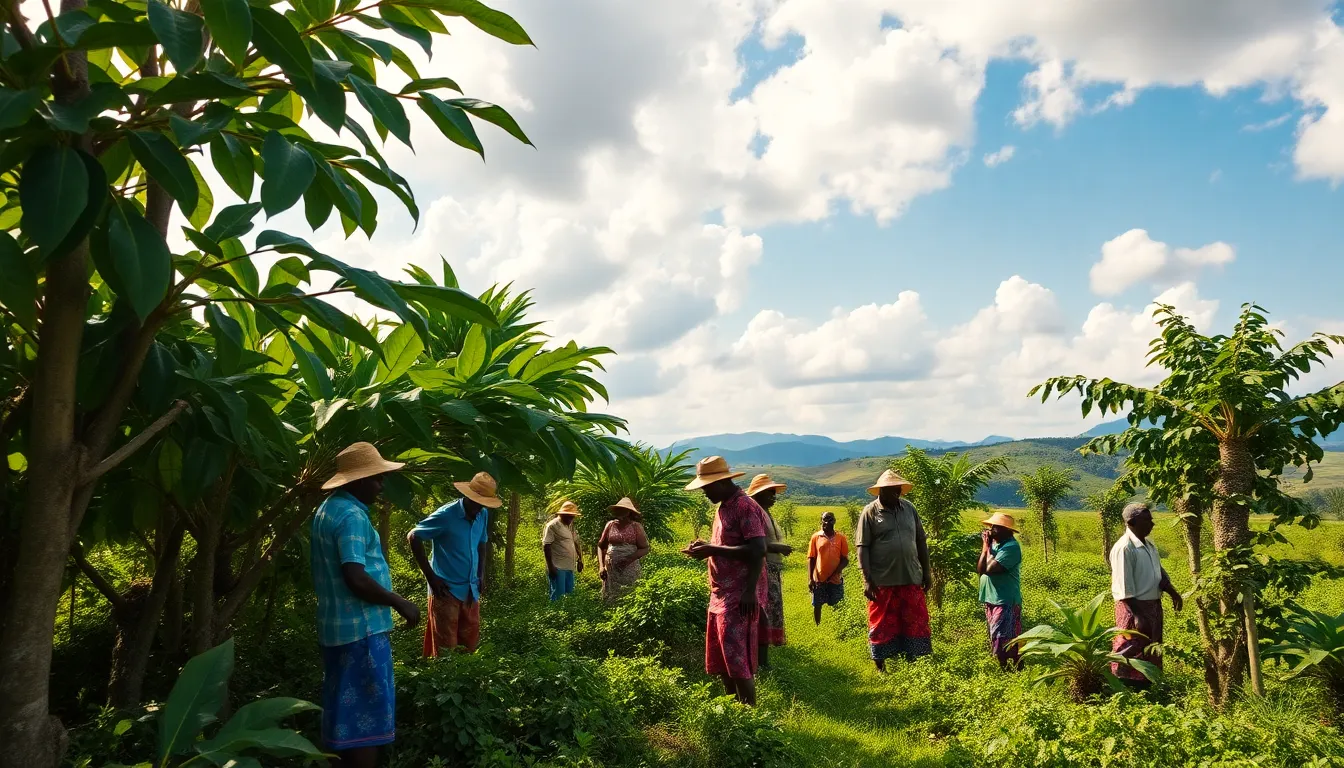As Valentine’s Day approaches, many people are excited about chocolate. However, the future of chocolate is uncertain due to climate change. Cocoa, the main ingredient in chocolate, is under threat. Cocoa trees grow best in certain conditions, mainly in regions near the equator. These areas are experiencing rising temperatures and changing rainfall patterns, which affect cocoa production.
Côte d’Ivoire and Ghana are the top producers of cocoa, supplying around 70% of the world’s cocoa beans. Unfortunately, these countries are facing significant climate challenges. Research shows that temperatures in these regions could rise by up to 2.1°C by 2050. This increase will lead to reduced areas suitable for cocoa farming. Farmers are already noticing the impacts of these changes.
In West Africa, cocoa farmers rely on consistent weather for their crops. Cocoa trees need warm temperatures, but too much heat can harm them. Ideal temperatures for cocoa are up to 32°C. However, many regions are now experiencing more days of extreme heat. This disrupts the trees’ ability to grow healthy pods, which are essential for cocoa production.
Erratic rainfall is another issue. Cocoa trees thrive with 1,500 to 2,000 millimetres of rain each year. However, changing weather patterns mean that some areas are experiencing floods, while others face droughts. These unpredictable conditions lead to lower cocoa yields and higher prices for chocolate.
Between July 2022 and February 2024, cocoa prices surged by 136%, reaching over $10,000 per metric ton. This rise is partly due to climate change affecting cocoa supply. The United Nations warns that if climate change continues unchecked, the situation will worsen.
To adapt to these challenges, farmers are exploring sustainable farming practices. For example, they are planting taller trees alongside cocoa plants. This creates shade and helps retain moisture in the soil. Such practices can improve yields and reduce the need for expanding farmland into forests, which can harm local ecosystems.
Research shows that increasing pollination rates can also boost cocoa production. Cocoa is primarily pollinated by small insects, and many farms do not have enough pollinators. By maintaining a healthy environment with leaf litter and moderate shade, farmers can enhance pollinator numbers and increase cocoa yields.
The cocoa industry is vital for millions of farmers who depend on it for their livelihoods. Cocoa production supports over 3.2 million people in Ghana alone. As climate change poses a threat to this essential crop, it is crucial for farmers, businesses, and governments to work together. Adopting sustainable practices can help ensure the future of chocolate while protecting the environment.
In conclusion, while climate change poses significant risks to cocoa farming, there is hope. By implementing sustainable farming techniques and promoting biodiversity, cocoa farmers can adapt to the changing climate. This will not only protect their livelihoods but also secure the future of chocolate for everyone to enjoy.


